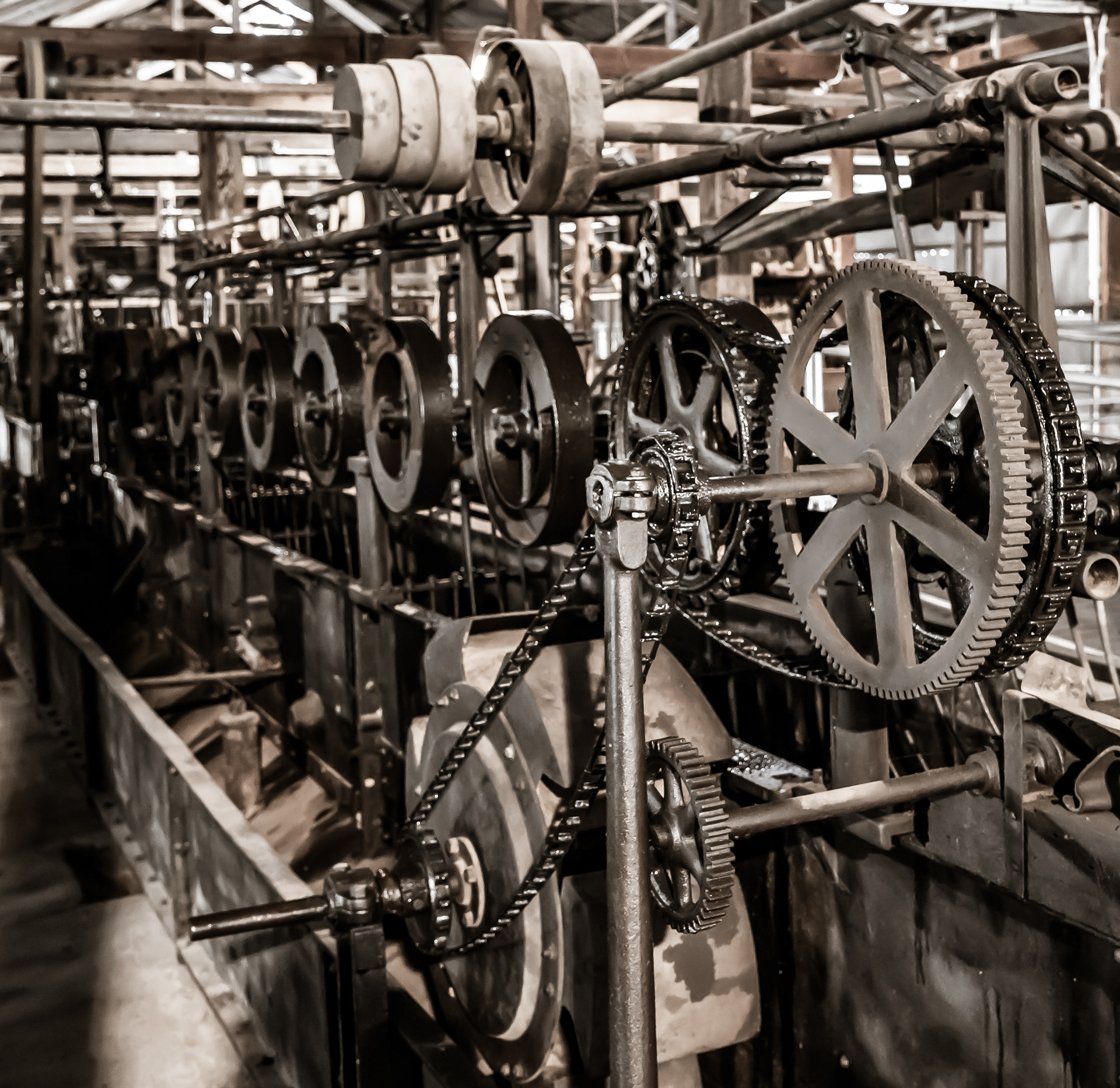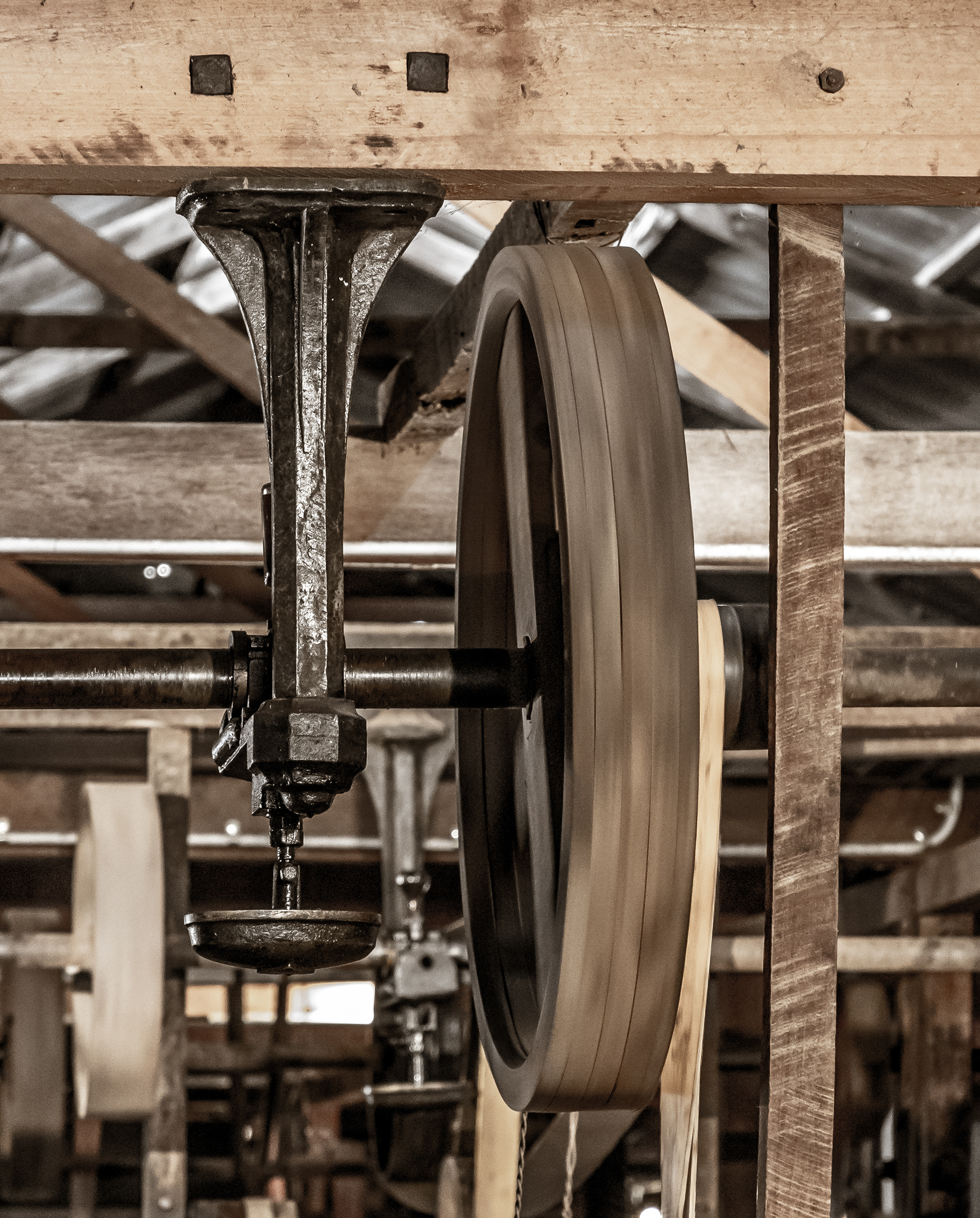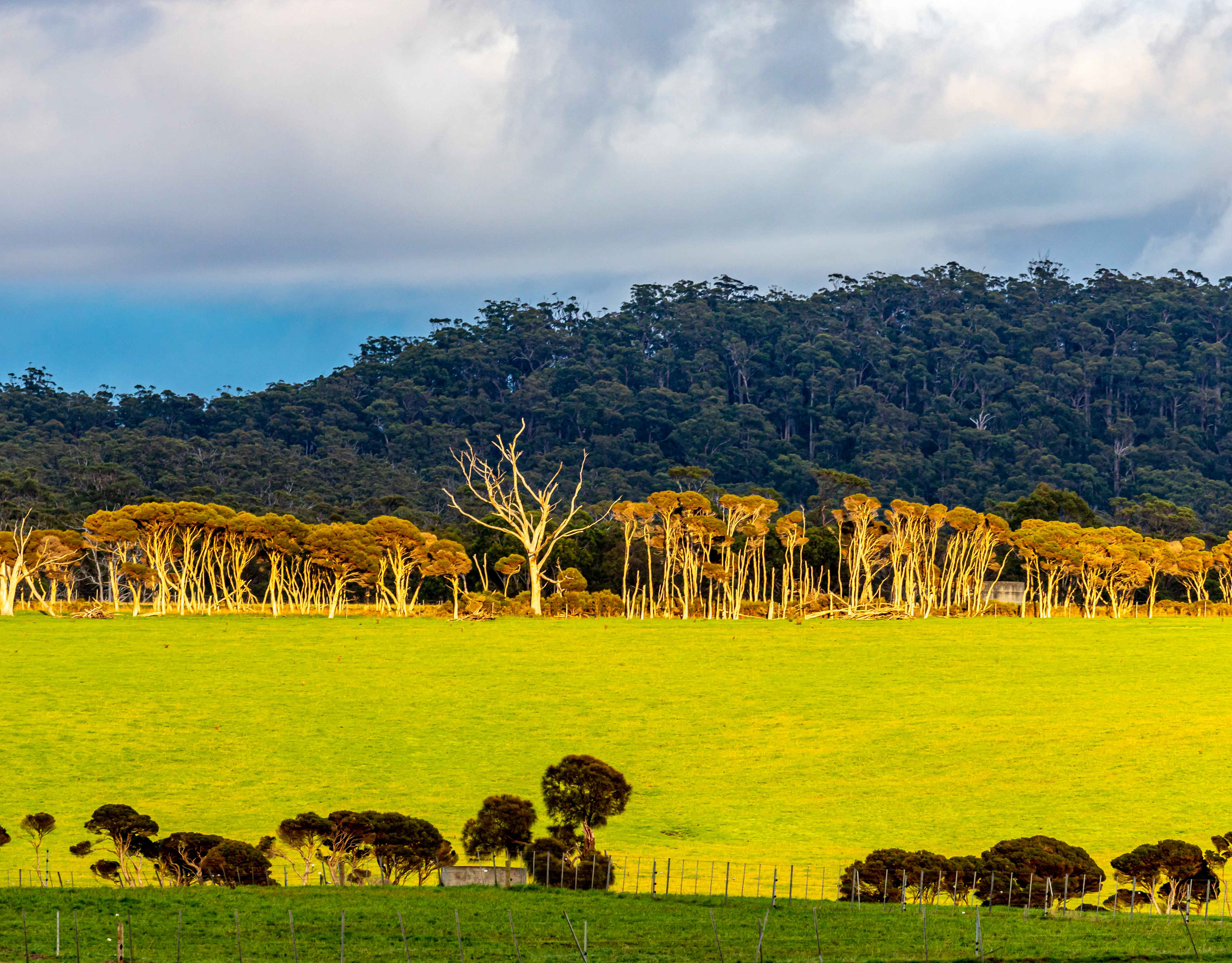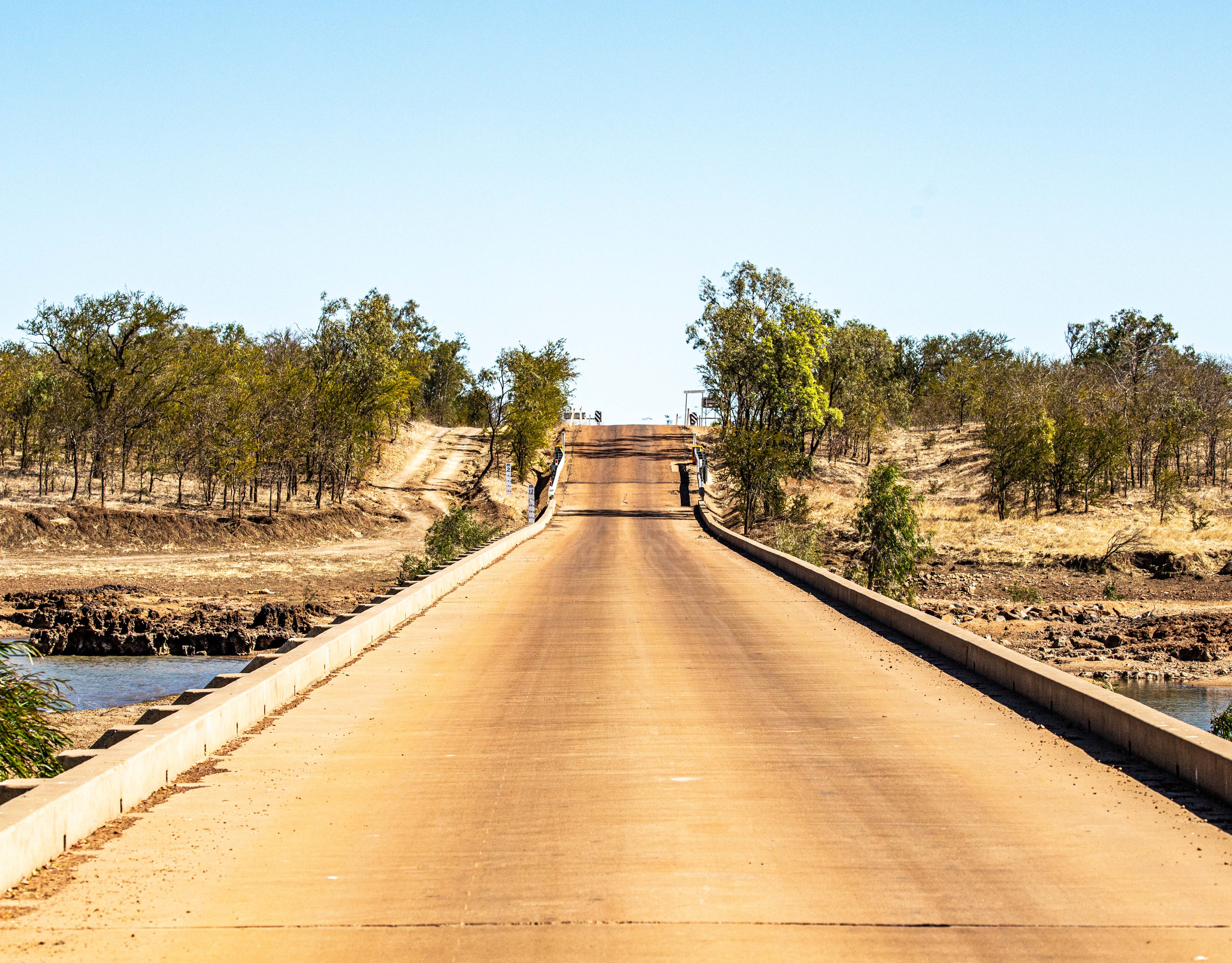The woolscour
Water from the Great Artesian Basin (GAB) was used at the Blackall scour to wash the wool. The water reaches the surface at pressure (pumping not required) and at temperatures generally between 30 and 50 degrees C. So the sheep were getting a nice warm bath as well as clean wool. While some of the more than 6000 bores sunk in the GAB were 2000m deep, the majority were around 500m. It shouldn’t come as a surprise, that due to this exploitation, water pressures have been dropping over the years and in some cases bores have run dry. In recent years there has been a government program to improve pressures through the capping of unused bores and improved maintenance of those in operation.
Bore drains delivered the water from the bore head to the stock in the paddock. Considering that the properties were huge (In 1878 Alice Downs station for example covered 470 square miles) the drains went for miles delivering the resource that allowed the pastoral industry to survive and thrive. Bore drains are an incredibly inefficient way of distributing water and as part of improving the efficiency of the system, drains are being replaced by pipes.
Ancillary motor used in the woolscour.
The woolscour is steam driven. This almost silent and beautiful engine still drives the scour on a daily basis (from May to August).
We think we are pretty clever developing the technologies of the 21st century but the scour is an engineering marvel and testament to the engineers of the early 20th. Occupational safety may have moved on a bit.


The washing train showing the forks for moving the wool along the troughs.


Cog drives on the wool drier.
Access ladder to the dried wool storage bins.
After drying the wool was pressed into bales and shipped to the wool selling centres on the coast.
Before shipment, each bale was marked with the name of the property to enable identification of the owner during transport and at sale.
The shearing shed and holding yards.
After shearing, the individual sheep were moved from the shearing stand down a race that accessed yards underneath and adjacent to the building. Each shearer had a separate holding yard to enable their daily 'tally' to be calculated. Shearers were, and still are paid on the number of sheep shorn.
A good ride...in the early 20th century.









